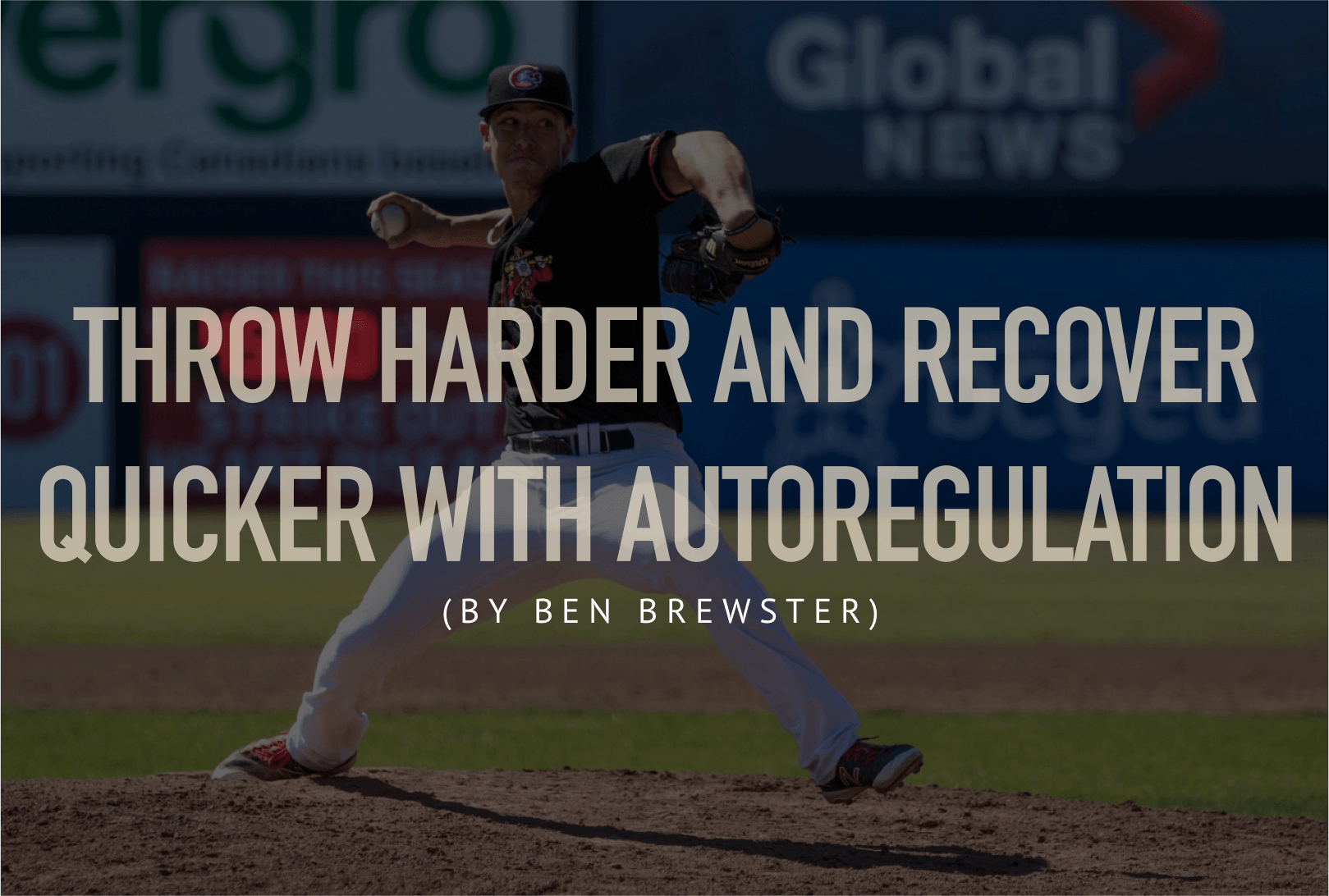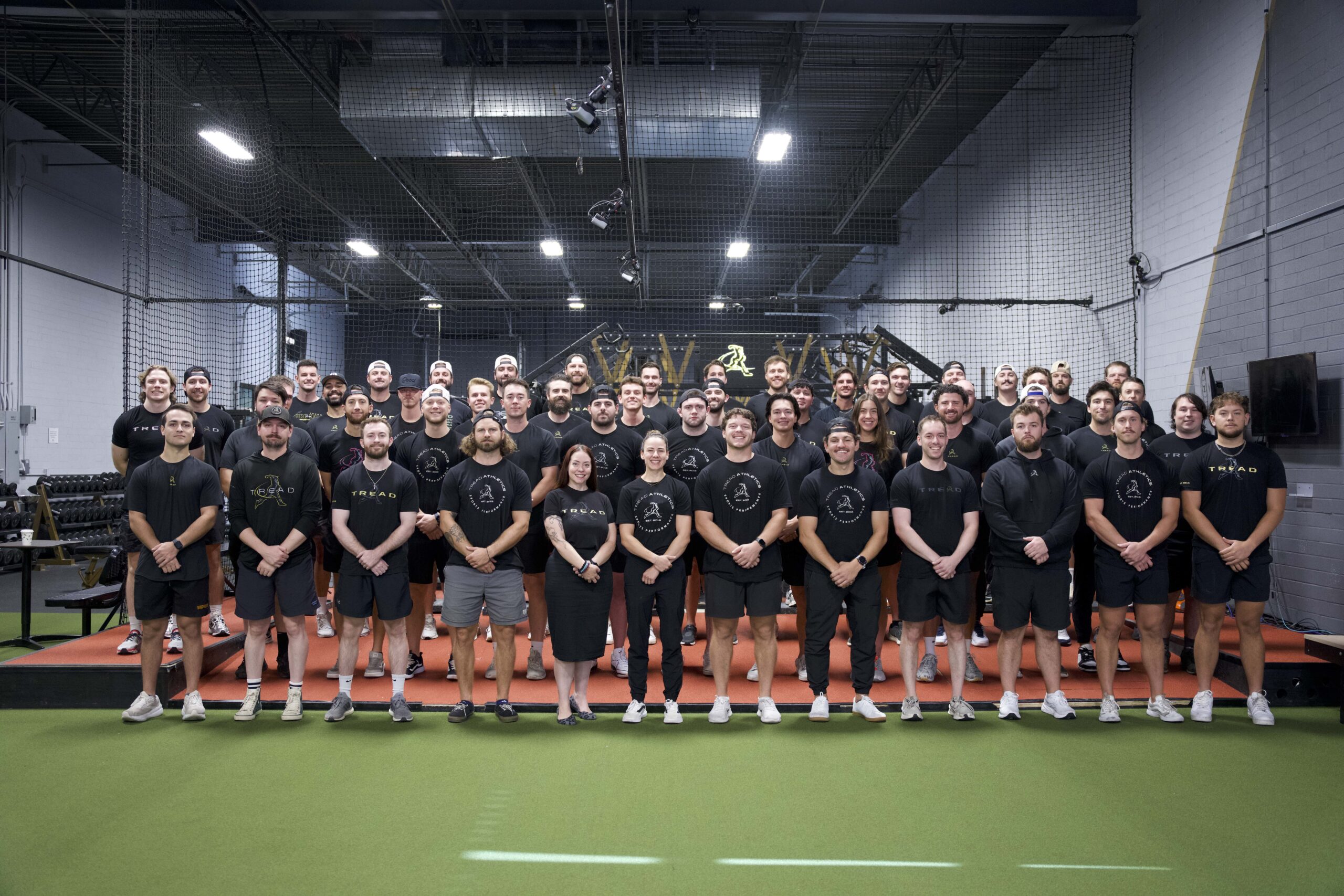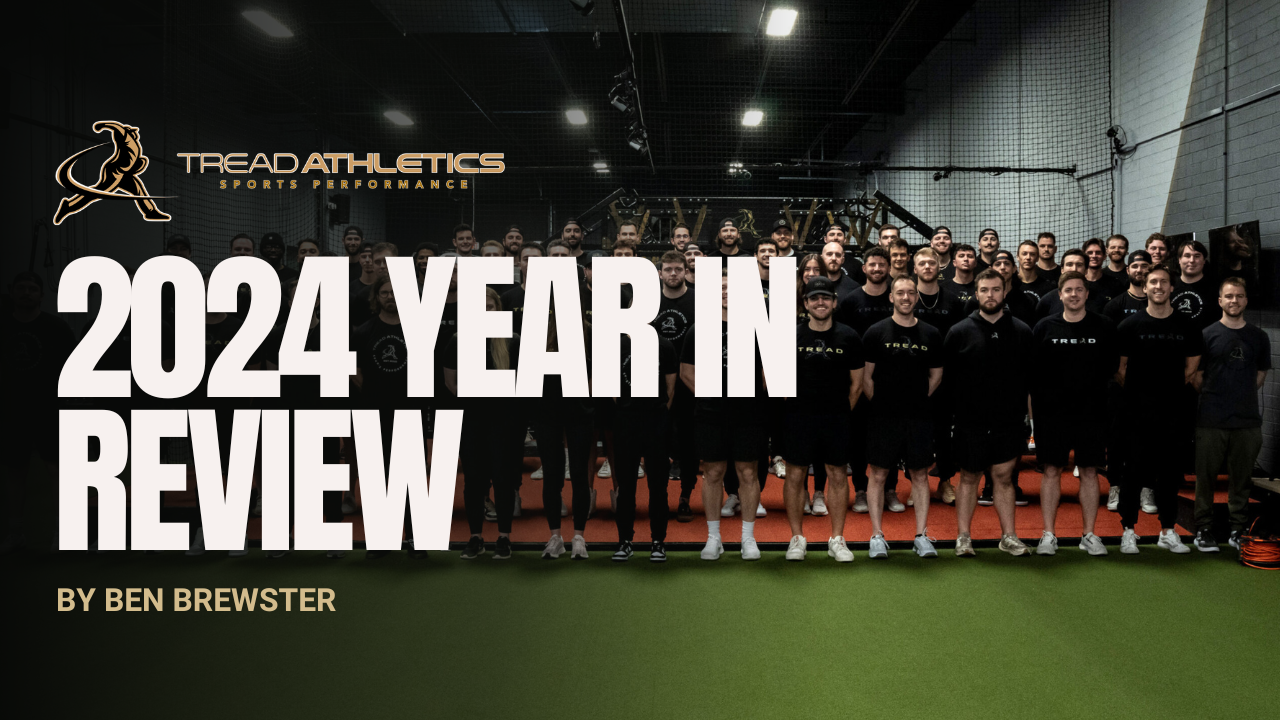Effective throwing programs progressively increase volume and/or intensity over time. This gradually increased stress allows the arm to safely adapt to new workloads and get stronger.
Whether this means increasing or varying the daily/weekly number of throws, the intensity/distance of those throws, or the weights of the balls being thrown, there are a number of approaches that pitchers have successfully used for building arm strength and increasing velocity. That’s not what this article is about.
Here’s the problem with most aggressive, potentially effective throwing programs:
Most programs don’t account for how your arm is feeling on a day-to-day basis.
No matter how good something looks on paper, it won’t be optimal if it’s not flexible; life gets in the way. Recovery varies from day to day and week to week, and different players adapt at different rates for a wide number of reasons.
But there is hope.
In 5 minutes, I’ll show you how to use auto-regulation to make sure you are always pushing your arm to newer and better heights, while ensuring that you don’t expose yourself to any undue risk of injury.
We’re going to discuss how one might apply it to a structured long toss program, although it can and should be used in other contexts as well.
—
What exactly is auto-regulation?
Auto-regulation is not as scary or revolutionary as it might sound at first. In fact, everyone auto-regulates to some degree. Let’s first define the term:
The idea is simply to adjust the training stress to match the athlete’s psychological and physical readiness. In other words, athletes are not going to be able to perform at their absolute peak every single day. On days where they are fully ready and recovered, the training should reflect that, while on days where they may be under-recovered, the training they perform should reflect that as well.
The training stress adapts to the readiness of the athlete.
A rigid throwing program can take an educated guess at how a pitcher will be feeling the next day based on the previous throwing session, but it can’t control for each and every factor that may come up or for individual variation.
By having auto-regulation built into the throwing program, you can account for these fluctuations in recovery and performance and make optimal progress.
Interestingly, studies have already begun to show promise for auto-regulation as it relates to strength training, although there is no reason the same concept should not be applied to throwing as well.
In a nutshell, auto-regulation could be summarized as “listening to your arm.” Throw more on days you feel great, throw less on days you don’t. This is actually quite good, if vague, advice.
It’s much like telling somebody to just “listen to their body” when they weight train – it’s not wrong, but it doesn’t help a whole lot without some sort of quantification or system to accompany it.
Let’s figure out how to quantify this concept and apply it to an actual sample throwing program.
—
Example: Auto-regulating an Off-season Long Toss Program
Quantifying readiness on a 10-point scale
To begin to put concrete numbers to this concept of auto-regulation, we must first have a way of quantifying how ready a thrower is on a given day. The simplest way we propose is to use a subjective 10-point scale.
“How does your arm feel today?”
The score is whatever the athlete feels is their arm’s (and body’s) overall level of freshness on a 10-point scale.
Note: On some days, this may not be clear until a minute or two into playing catch. At this point, continue on to whichever corresponding throwing session matches that level of readiness.
Sample 4-day per week off-season long toss program with auto-regulation

This table is an example of a week of auto-regulated throwing. Notice how the athlete’s readiness corresponds to the resulting throwing session performed: 1) Max effort, 2) Moderate effort, 3) Low effort or 4) Off. Notice also how, in this example, every other day is a scheduled off-day. This is different from taking a non-scheduled off-day which should happen rarely, if ever.
Now let’s talk about what all this means:
—
Max effort day:
To be done on days where your arm feels fresh and ready. Subjectively, this means a readiness score of 8 out of 10 or better.
Example throwing session: work out to 97-100%+ of max long toss distance for 5 to 10 throws. Do 5-15 max effort pull-down compression throws on the way in. End with optional flat ground work (10-20 throws at 75-85%).
—
Moderate effort:
To be done on days where your arm has a little fatigue and/or normal soreness. Subjectively, this means about a 5 to 7 out of 10.
Example throwing session: work out to 75 to 90% of max distance for 5 to 10 throws. Optional pull-down compression throws on the way in, no more than 5 to 8 at 90% intensity. End with optional flat ground work (5 to 15 throws at 65 to 75% effort).
—
Low effort:
To be done on days where your arm has significant soreness or fatigue, but is not in pain or “hanging.” Subjectively, this means about a 3 to 5 out of 10.
Example throwing session: work out to about 50 to 60% of max distance on a loose arc. No pull-down compression throws on the way in. Optional flat ground work – no more than 10 to 15 throws at about 50 to 60% intensity.
—
Off:
When the arm is “hanging” or painful or extremely fatigued, this is not a day to throw.
What to do: go through the full warm up and arm care work, but skip the throwing session and re-assess on the following day. These unscheduled off-days should happen very rarely, if ever, on a well auto-regulated off-season throwing program.
—
I don’t know how to figure out what distances I should be throwing on moderate or light days
Again, this program is just an example of a thousand ways to lay out an off-season throwing program. We are not saying you should necessarily do this one. However, this is a useful approximation of what intensities correspond to what long toss distances for a given player’s max distance and velocity.
Note: these values will vary from player to player, particularly for pitchers who have significantly different mound mechanics vs. long toss mechanics or have a funky arm slot. Still, this is quite accurate for the vast majority of pitchers out there.
—
Conclusion
For any program to be optimal, whether it’s a strength training or throwing program, it needs to be able to adjust based on how the athlete is actually responding and recovering to it. Powering through workouts or throwing sessions when under-recovered will increase the likelihood of burnout and injury, while breezing through easy sessions when fully recovered will fail to take full advantage of the athlete’s capabilities.
Structured auto-regulation takes this into account, allowing you to carefully tread the balance between “too much” and “not enough,” making for safe and optimal progress.
—
References
- Mann JB, Thyfault JP, Ivey PA, Sayers SP. The Effect of Autoregulatory Progressive Resistance Exercise vs. Linear Periodization on Strength Improvement in College Athletes. The Journal of Strength & Conditioning Research. 2010;24(7):1718-23 10.519/JSC.0b013e3181def4a6.
- McNamara JM, Stearne DJ. Flexible Nonlinear Periodization in a Beginner College Weight Training Class. The Journal of Strength & Conditioning Research. 2010;24(1):17-22 10.1519/JSC.0b013e3181bc177b.






